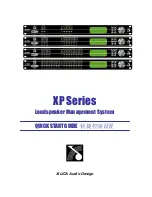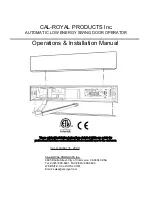
BASIC WELDING
FABRICATOR 252i
Manual 0-5155
4-9
BASIC WELDING
Joint Preparations
In many cases, it will be possible to weld steel sections without any special preparation. For heavier sections and for
repair work on castings, etc., it will be necessary to cut or grind an angle between the pieces being joined to ensure
proper penetration of the weld metal and to produce sound joints.
In general, surfaces being welded should be clean and free of rust, scale, dirt, grease, etc. Slag should be removed
from oxy-cut surfaces. Typical joint designs are shown in Figure 4-19.
Gap varies from
1/16” (1.6mm) to 3/16” (4.8mm)
depending on plate thickness
Joint
Open Square Butt
1/16” (1.6mm) max
1/16” (1.6mm)
Single Vee Butt Joint
Not less than
70
°
Double Vee Butt Joint
1/16” (1.6mm)
Lap Joint
Tee Joints
(Fillet both sides of the
joint)
Edge Joint
Fillet Joint
Corner Weld
Plug Weld
Plug Weld
Not less than
70
°
Single Vee Butt Joint
Not less than
45
°
1/16” (1.6mm) max
Art # A-10672
Figure 4-20: Typical Joint Designs for Arc Welding
Arc Welding Technique - A Word to Beginners
For those who have not yet done any welding, the simplest way to commence is to run beads on a piece of scrap plate.
Use mild steel plate about 1/4" (6.4 mm) thick and a 1/8" (3.2 mm) electrode. Clean any paint, loose scale or grease
Art# A-07693
Figure 4-18: Overhead Position, Butt Weld
Art # A-07694
Figure 4-19: Overhead Position, Fillet Weld
















































